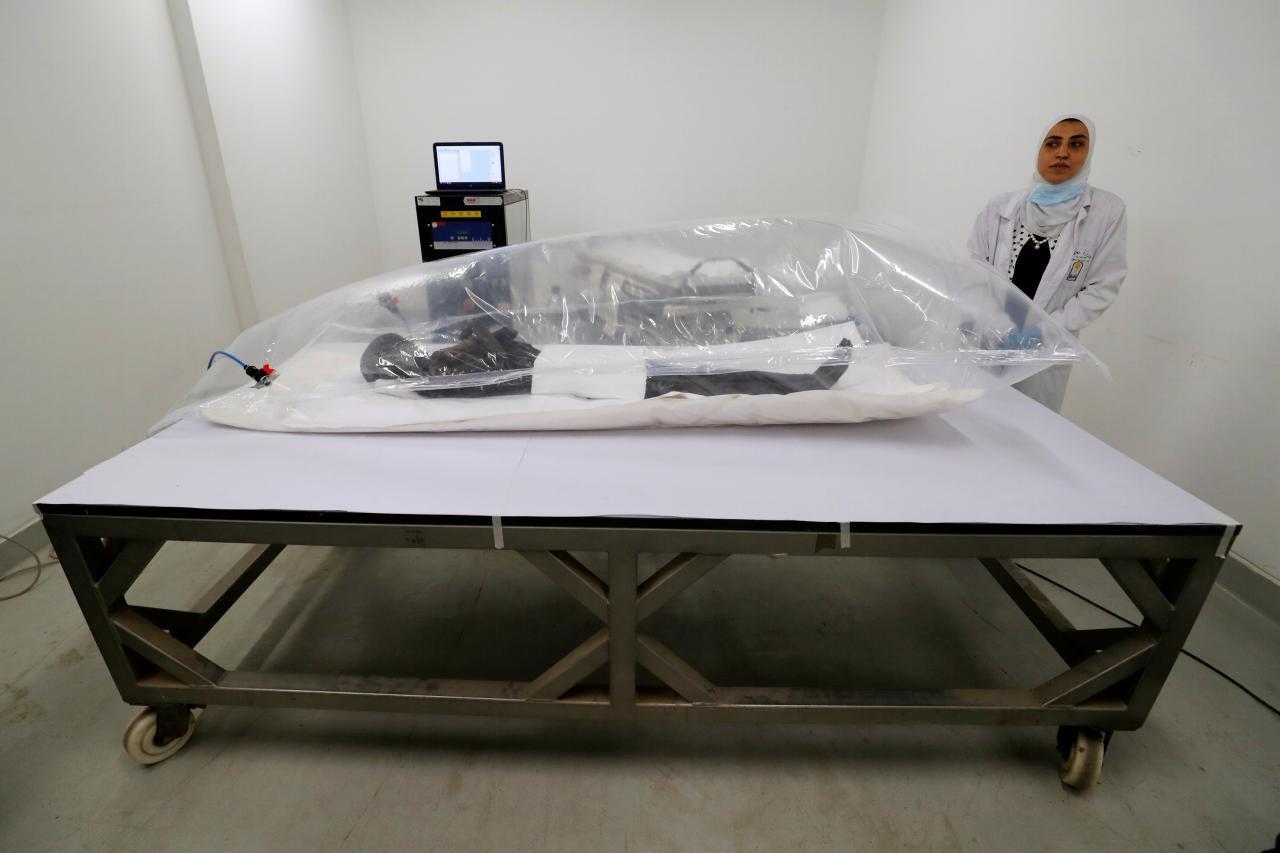THE COFFINS of high-status ancient Egyptian Sennedjem and one of his wives have been cracked open at a museum in Egypt.
The sarcophagi were unpacked in the hope of restoring and preserving the mummies inside but some people think the Curse of the Pharaohs, supposedly unleashed on anyone who disturbs an Ancient Egyptian mummy, will be triggered.
Sennedjem was a skilled worker who oversaw other workers that lived in the Deir Al-Medina necropolis in Luxor and worked on the Valley of the KingsCredit: Reuters
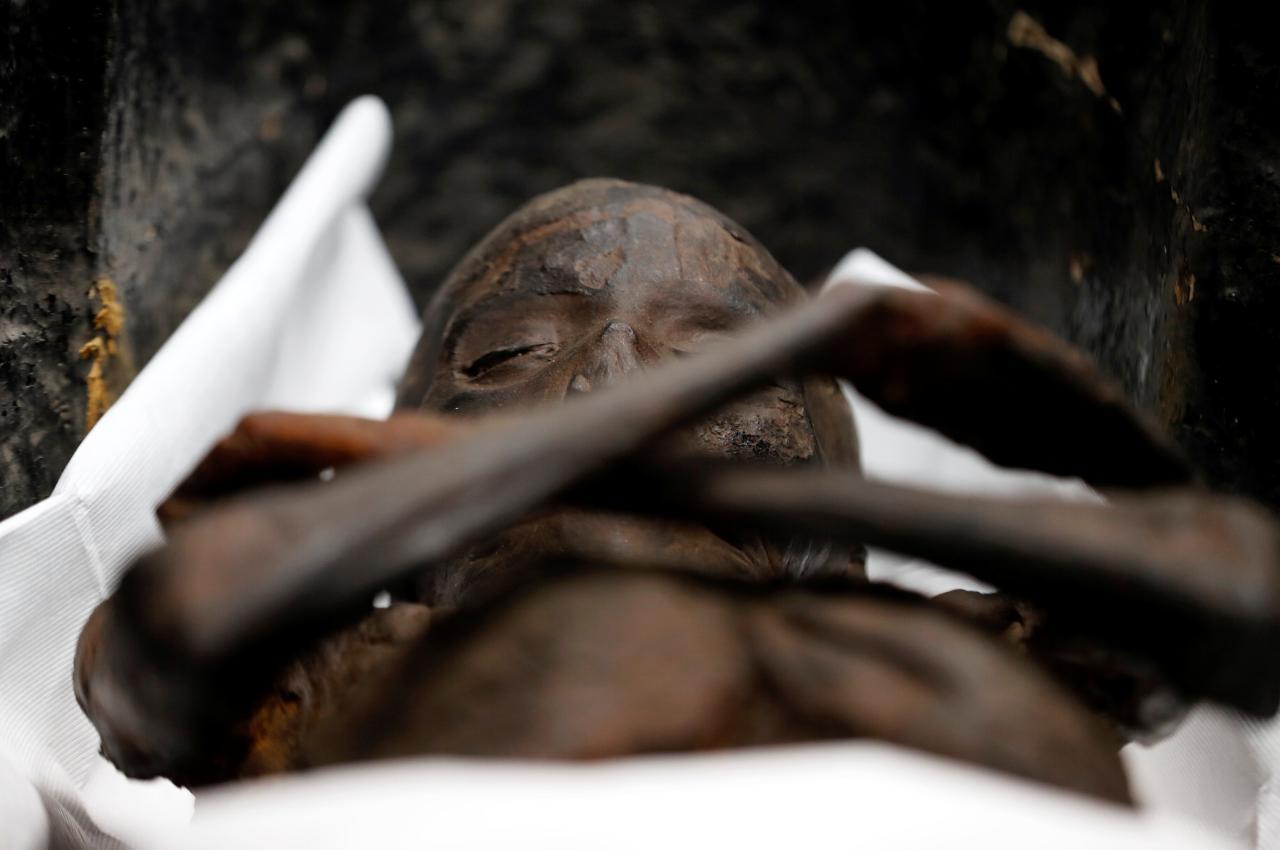
Sennedjem was a skilled worker and Egyptian official who was buried in the workers village of Set Maat in modern day Deir Al-Medina alongside his family.
He lived during the reigns of Seti I and Ramsesses II of the 19th Dynasty, around 3,400 years ago.
He was known as a “Servant in the Place of Truth” and oversaw other workers building the tombs in the Valley of the Kings.
His tomb was discovered in 1886, where he was found buried with his wife Iyneferti, more than 20 other relatives and home furniture like his bed and a stool.
Sennedjem’s painted sarcophagus is in a good conditionCredit: EPA
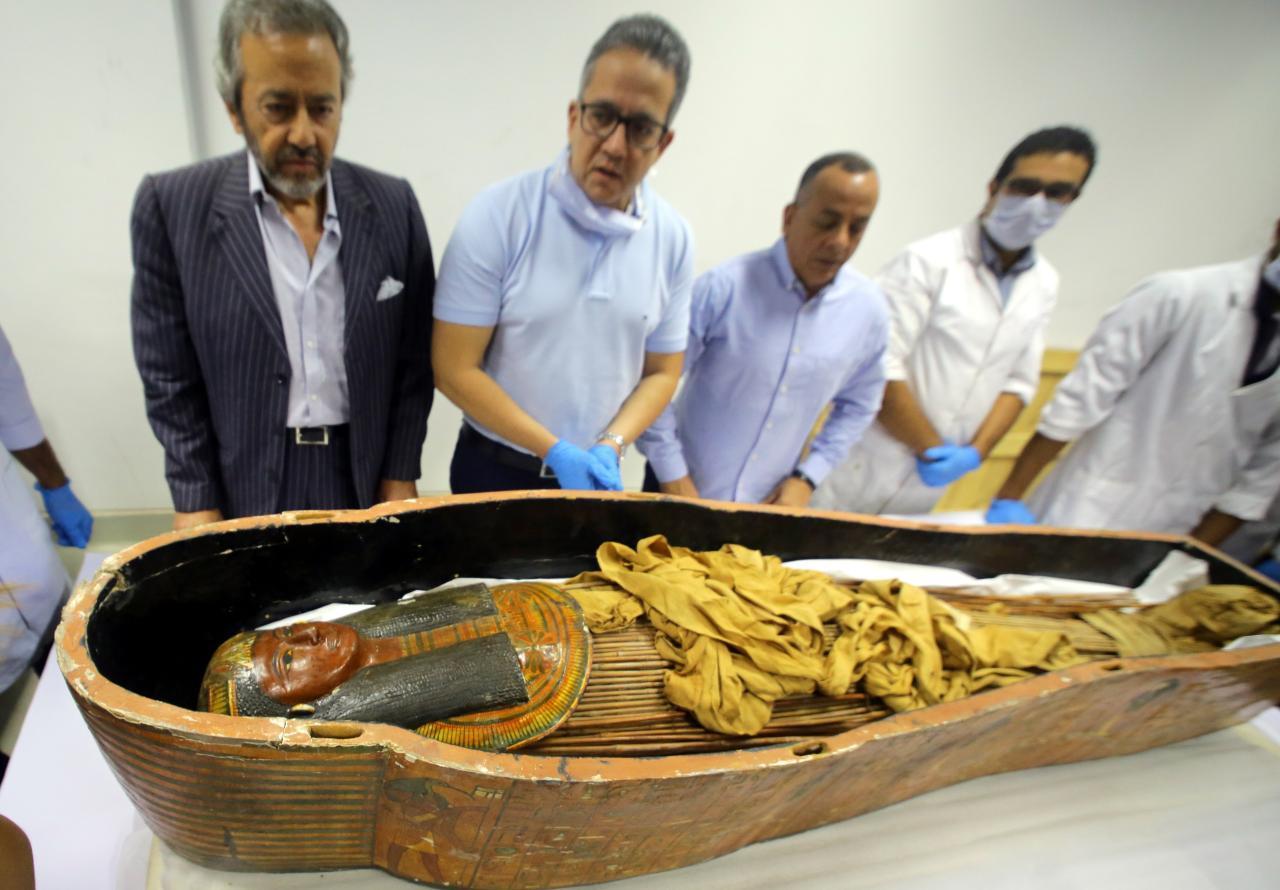
Skilled experts carefully removed Sennedjem from his sarcophagusCredit: EPA
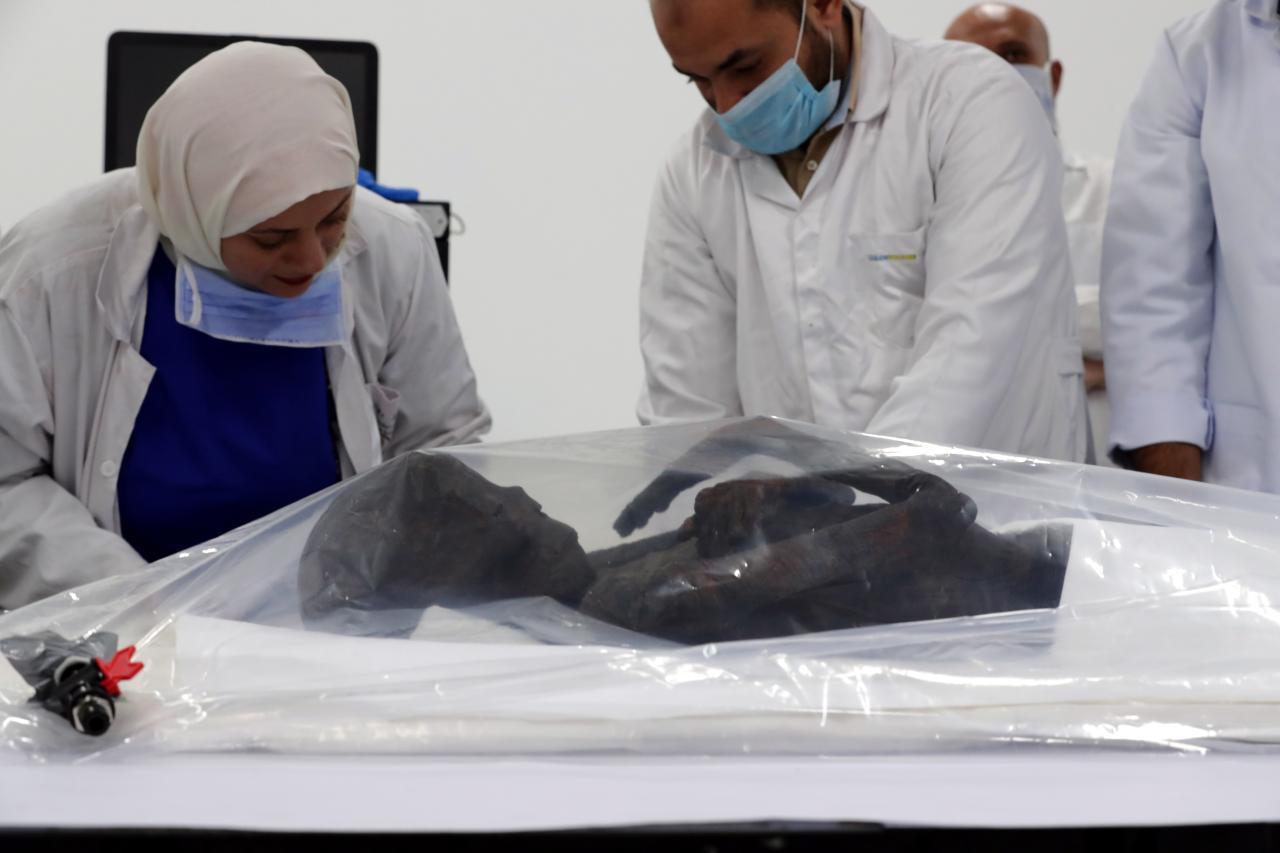
Sennedjem received the same top quality mummification process as many pharoahsCredit: Reuters
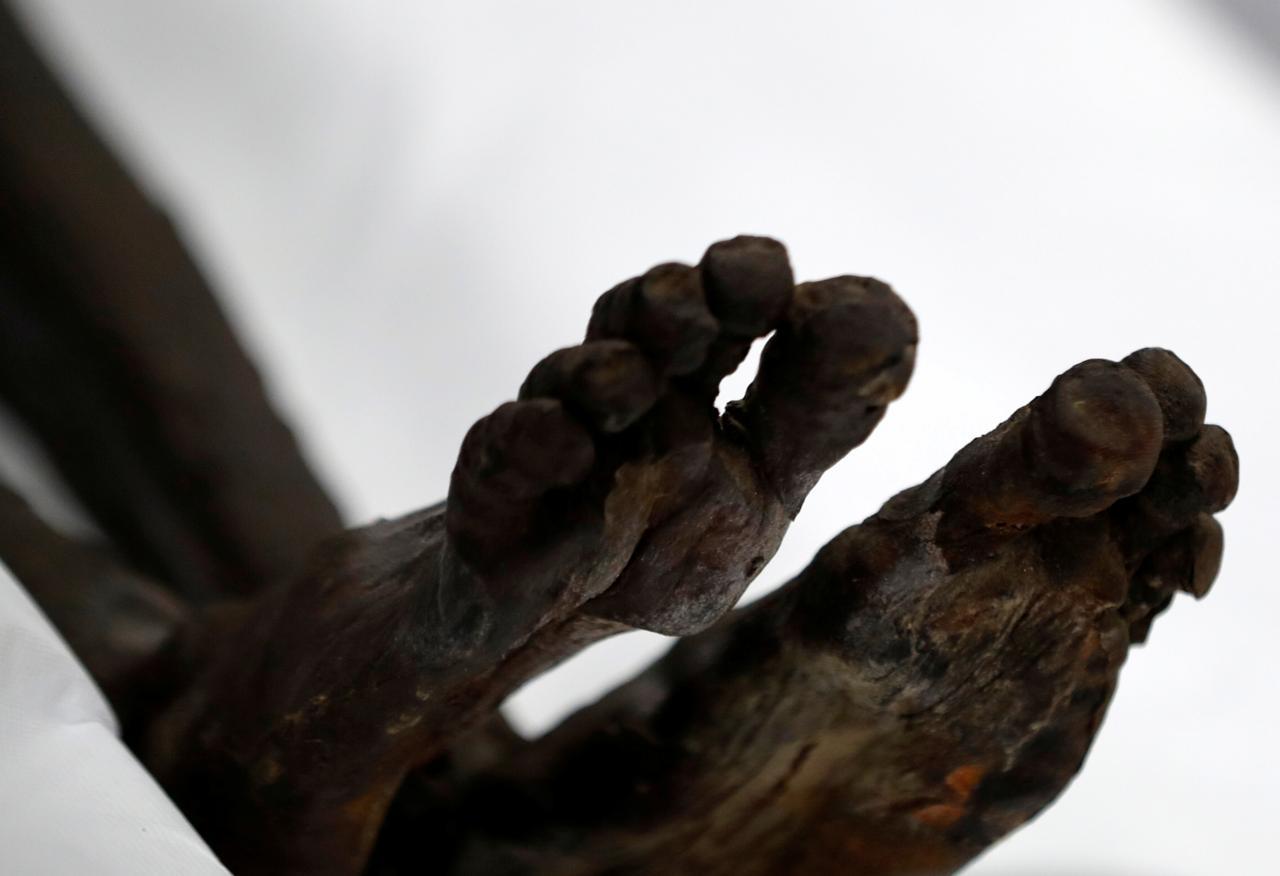
Sennedjem’s sarcophagus and that of his wife’s have just been moved to the National Museum of Egyptian Civilisation, where they were unpacked in a fumigation tent ready for restoration.
Skilled restorers conducted the unpacking process like a medical procedure.
The painted sarcophagi are said to be in very good condition.
They were previously displayed at the Egyptian Museum in Tahrir Square in Egypt.
The mummies are being restored so they can go on display in a new exhibition hall, which opens in December.
Sennedjem and his wife will be placed in a sterilisation chamber for over 20 days and could spend at least a month undergoing a process that will remove any insects from them.
Sennedjem lived around 3,400 years agoCredit: AFP or licensors
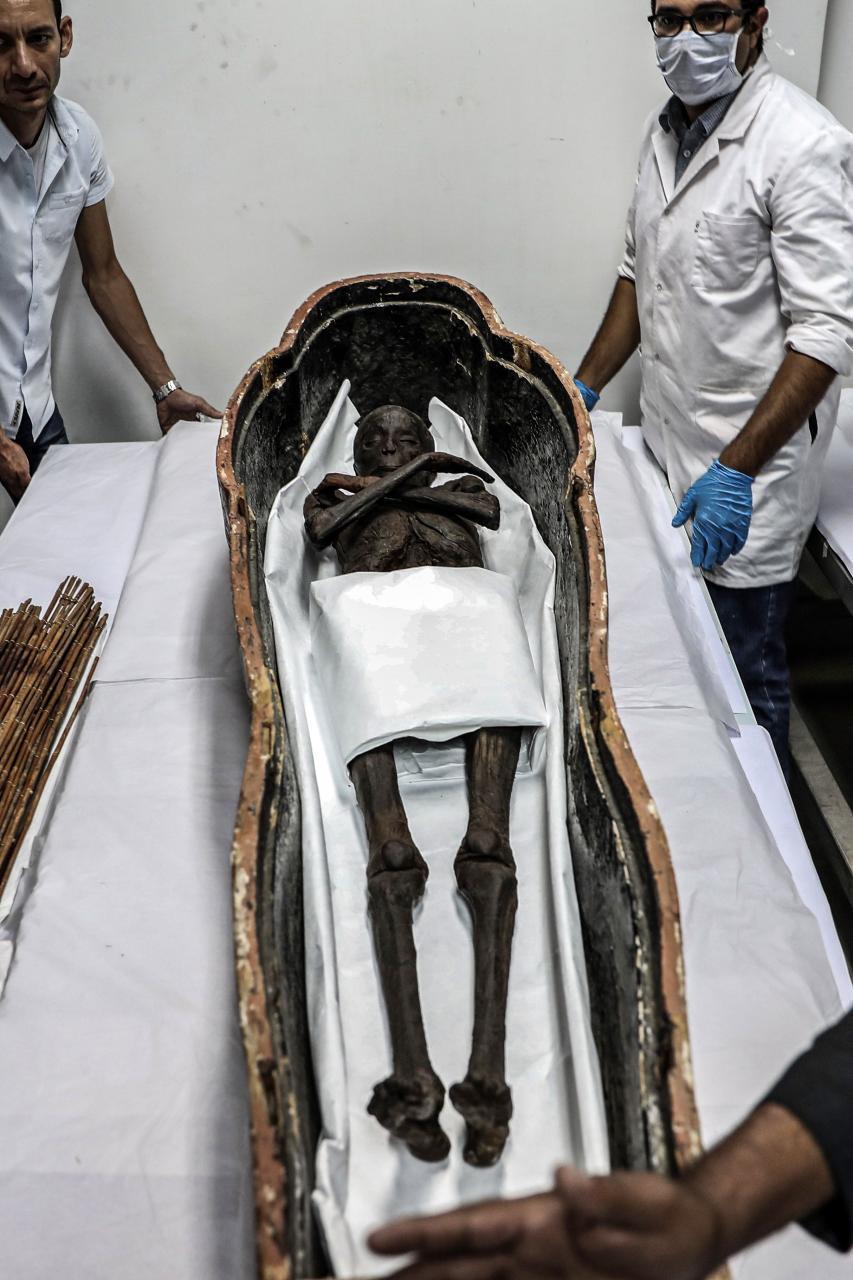
Both mummies will be part of a new exhibition in DecemberCredit: EPA
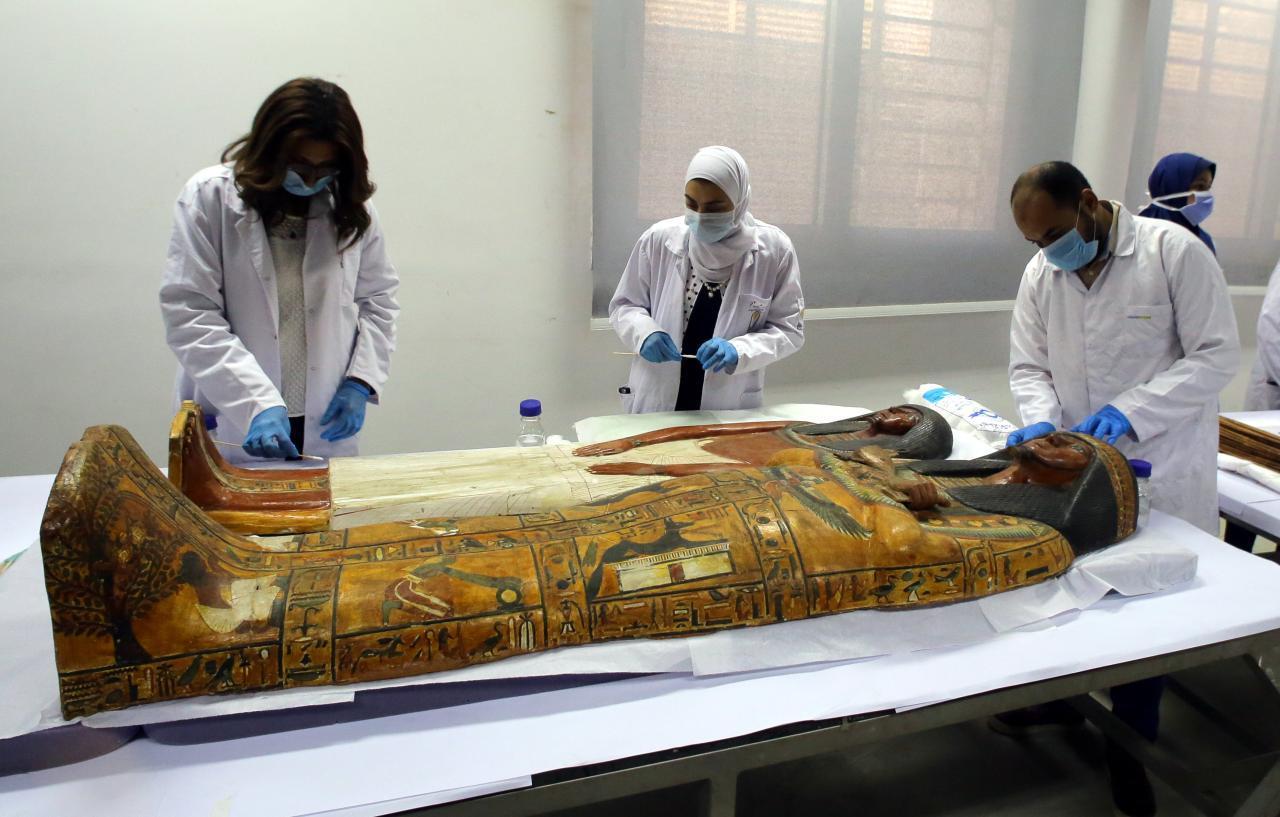
Th𝚎 𝚞n𝚙𝚊ckin𝚐 w𝚊s lik𝚎 𝚊 m𝚎𝚍ic𝚊l 𝚙𝚛𝚘c𝚎𝚍𝚞𝚛𝚎C𝚛𝚎𝚍it: EPA
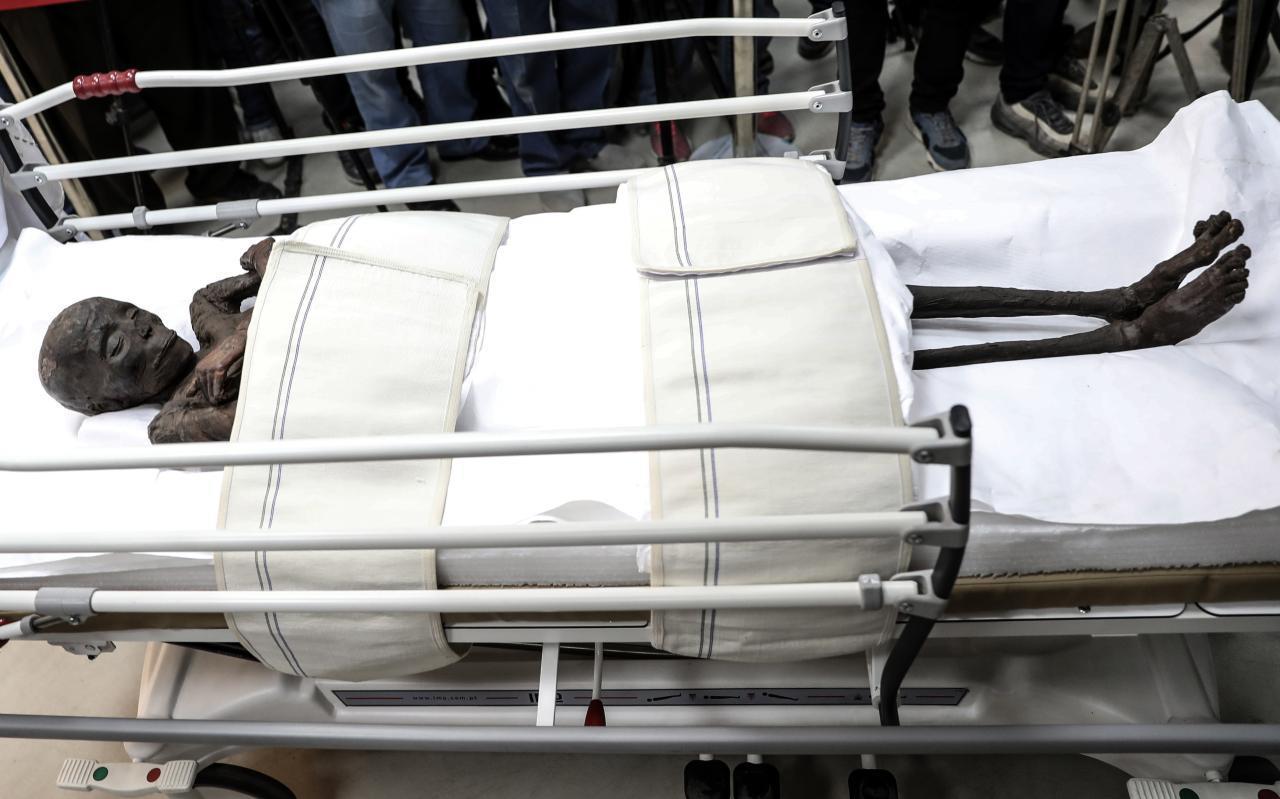
The mummies are being unpacked and studied in the name of research conducted by skilled experts who are hopefully not supersтιтious.
The curse of the pharaohs is an alleged curse that some people believe will affect anyone who disturbs mummified remains of an Ancient Egyptian person.
The mummies were shown to the press after the careful procedure to remove them from their sarcophagiCredit: EPA
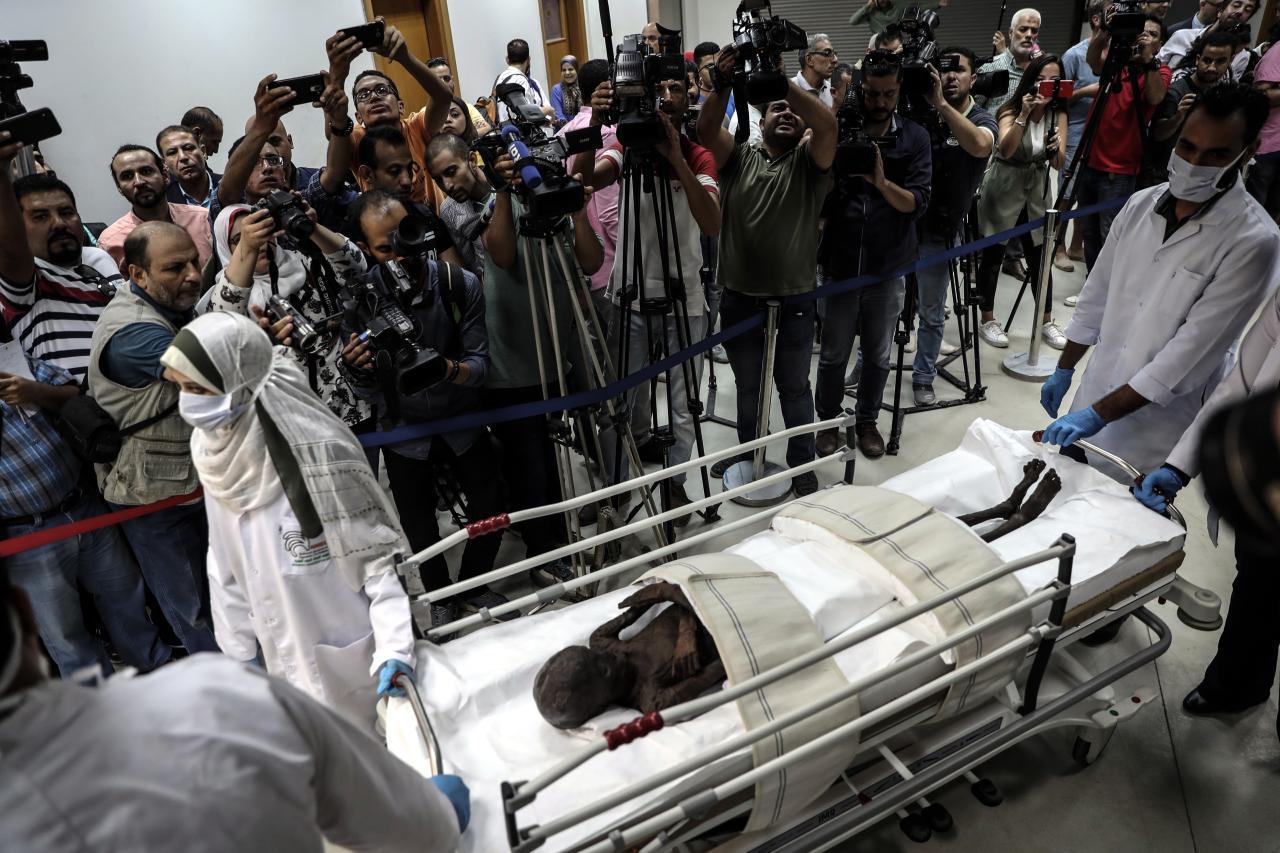
This supposed curse is not said to differentiate between archaeologists and thieves and is said to cause bad luck, illness or even death.
It is often connected to King Tutankhamun and the people who died after opening his tomb.
The restoration process will take monthsCredit: EPA
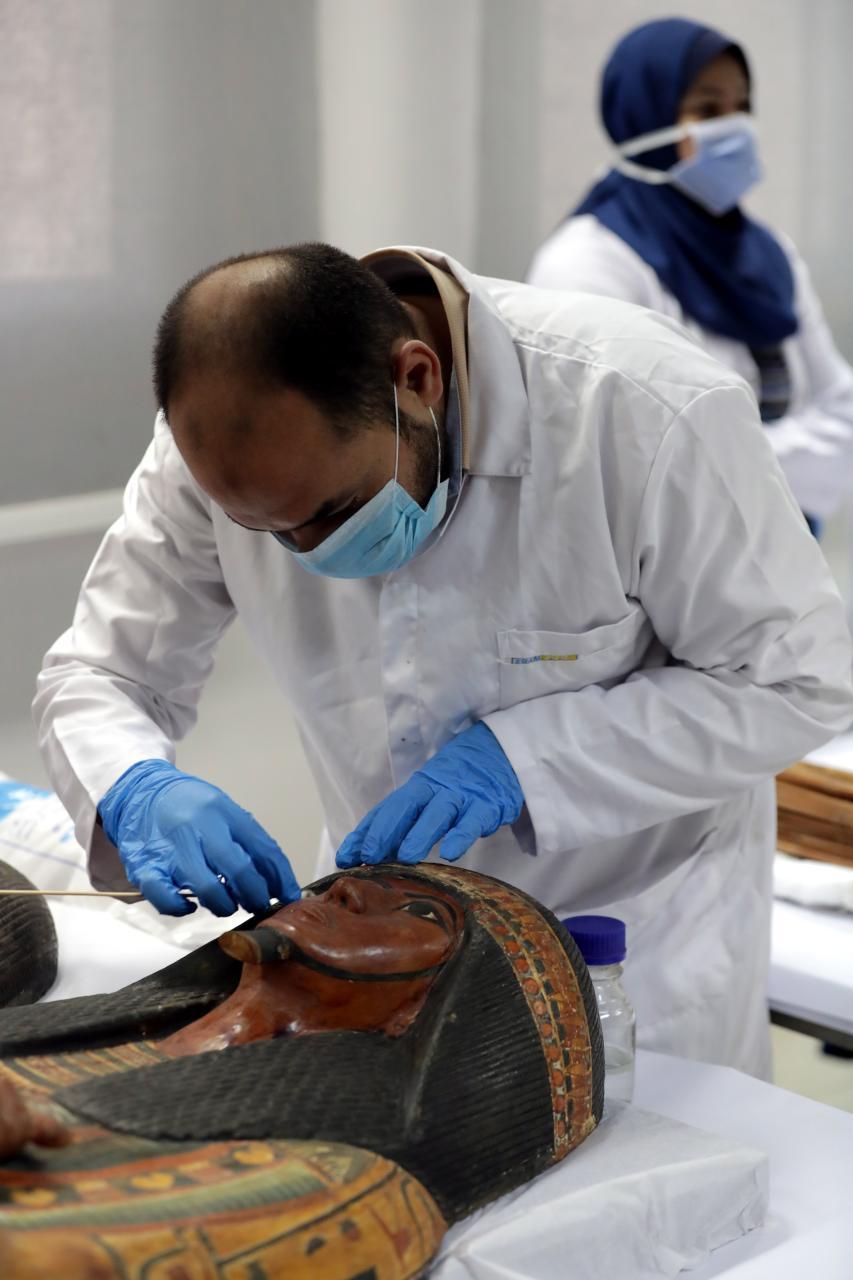
Th𝚎 m𝚞mmi𝚎s will 𝚋𝚎 st𝚎𝚛ilis𝚎𝚍 𝚊n𝚍 𝚏𝚞mi𝚐𝚊t𝚎𝚍 t𝚘 kill 𝚊n𝚢 ins𝚎cts th𝚊t mi𝚐ht 𝚋𝚎 insi𝚍𝚎 th𝚎mC𝚛𝚎𝚍it: R𝚎𝚞t𝚎𝚛s
